Do you know the different children’s book genres?
You should, if you want to write for kids.
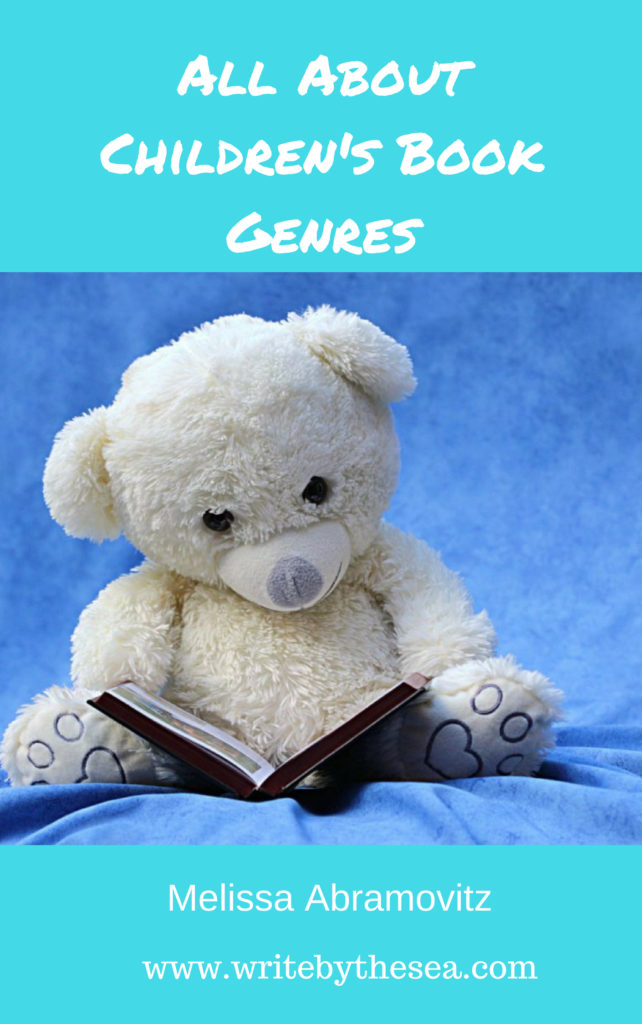
Many people get confused by genres in literature.
Genres are simply categories based on style, content, form, and length.
But what can be confusing is that many categories of genres overlap, so it’s often difficult to determine which genre a particular book fits.
The fact that there are also sub-genres, and that different publishers may use different terms for similar genres, can also add to the confusion.
Children’s Book Genres
In this post, I’m going to talk about the most prevalent genres in books for children and teenagers – a category of books most often referred to as juvenile literature.
First Books
First books are intended for babies.
They contain very little text, plus some type of illustrations.
But they are not considered to be picture books because they do not really tell a story.
They are mostly designed to get babies used to listening to words and looking at pictures.
Some refer to concepts – like different colors or shapes.
But many just contain a word or two about a particular picture.
First books are often board books, which are a separate genre.
Board books are sturdy; they are made of heavy stock cardboard.
They generally do not contain a story, but simply contain illustrations and a few words.
They often contain items for toddlers and preschoolers to touch, such as pieces of synthetic fur or rope.
These objects give small children opportunities to learn about different types of materials.
They may also contain flaps for kids to lift that reveal pictures or objects related to the text.
Picture Books
Picture books also contain art and text.
But most have a story line.
Both the text and art are important to the story.
There are many sub-genres of picture books.
The most common type of picture book is a story picture book.
It contains a fictional story for kids of a certain age – perhaps ages 4 to 8 or 5 to 7 or some such.
The story can encompass other genres like fantasy, science fiction, multiculturalism, historical fiction, realistic fiction, folktales, and more.
Fantasy consists of stories that come from authors’ imaginations.
Fantasy stories can contain make-believe worlds, make-believe people and creatures, and events that cannot happen.
Science fiction stories explore scientific or similar events that could very well happen in the future.
These stories often stretch scientific principles to lengths that have not yet been explored.
Realistic fiction contains contemporary settings and characters who seem real.
They include themes with contemporary relevance, like going to school or dealing with family issues.
Historical fiction is set in the past.
Story lines could have happened; in fact they can be based on historical facts, but do not necessarily include incidents that actually took place.
Folklore consists of traditional stories, legends, myths, and other stories that have been handed down from generation to generation in different cultures.
Many authors create re-tellings of folktales that make fun picture books or magazine stories.
Some picture books are what is known as concept books – books that teach kids a particular concept like numbers or shapes or colors.
There may or may not be a story line in concept books.
But if they contain text and illustrations, they are considered to be picture books (unless they are perhaps board books or first books).
Picture books can also be nonfiction.
That is, everything in the book is factual.
It may consist of a storyline similar to those seen in fictional books, but everything must be completely factual to be classified as nonfiction.
Thus, manuscripts known as “creative nonfiction,” which are stories based on fact, are not actually nonfiction.
Books that are concept books can be nonfiction if everything is factual.
In general, when a book is referred to as a nonfiction picture book, it is geared toward kids in grades preschool through third grade.
Nonfiction for kids in grades four through six is usually called middle-grade nonfiction.
However, this may not always be true; sometimes picture books are geared toward middle-grade readers.
Illustrations in nonfiction picture books can be done by an illustrator, or photographs may be used.
Early Readers
Early readers are books meant for kids, usually ages 5-8, who can read by themselves.
These books can be fiction or nonfiction, but are most often fictional.
Some are concept books.
They often contain pictures and text like picture books do, but use simpler language than picture books that are meant to be read to children.
Many early readers contain short chapters.
These chapters can help kids get used to reading the chapter books they will encounter as they mature.
Middle Grade
Middle grade books are usually geared toward kids in the upper elementary school grades (ages 8-12 – often known as tweenagers) who can read longer stories that have multiple chapters.
They can be fiction or nonfiction.
Topics are explored more extensively than usually happens in picture books, and can range from adventure to realistic, contemporary stories to historical fiction to fantasy and science fiction.
Language and structure in middle grade books are much simpler than that in books for teenagers and young adults.
Young Adult
Young adults, or YA, is for teenagers, and can be fiction or nonfiction.
Language and sentence structure are simpler than that in books for adults, but many adults do enjoy reading YA because topics are often of interest to practically anyone.
The Harry Potter books are technically meant to be YA, but are enjoyed by people of all ages (even younger kids love these books).
Like picture books and middle grade books, YA books can cover a range of genres, including romance, fantasy, science fiction, dystopia, and contemporary issues.
The themes explored in YA may contain realistic, unsettling aspects of life that are often not discussed or are skirted in books for younger kids.
Violence, crime, illness, and family tragedies have a place in YA, though sex and violence should not be discussed explicitly for these young readers.
Most parents are not comfortable with their teens reading explicit material that is prevalent in many adult books.
Poetry
Poetry books are considered a separate genre.
These books can be geared toward specific age groups like ages 5-8, 8-12, or young adult.
Poetry books contain multiple poems that may or may not rhyme.
Most poetry for younger kids does rhyme, but often material for teens does not.
Poetry books for younger kids should be distinguished from rhyming picture books; a rhyming picture book contains a story told in verse, while a poetry book contains discrete poems that may or may not be on related themes and topics.
As you can see, genres for children often overlap.
However, when submitting material to publishers, it is important to let the publisher know which genre your manuscript falls under.
If multiple genres apply, by all means let the publisher know; for example, your book might be classified as a nonfiction picture book.
I even called a book I wrote an interactive nonfiction picture book/early chapter book to give an accurate description!
Although many publishers’ catalogues contain different terms for familiar genres, it is likely that calling something a nonfiction picture book or a middle grade contemporary story will clearly get your point across.
About Melissa Abramovitz


She has published hundreds of magazine articles and more than 50 educational books for children and teenagers.
She also does freelance editing and critiquing and writes short stories, poems, and picture books, and is the author of the acclaimed book for writers, A Treasure Trove of Opportunity: How to Write and Sell Articles for Children’s Magazines.
Melissa graduated summa cum laude from the University of California, San Diego with a degree in psychology and is also a graduate of The Institute of Children’s Literature.
She is a member of SCBWI and a regular contributor to writebythesea.com.
Visit her website at www.melissaabramovitz.com.
And don’t forget to join our mailing list!
Just fill in your name and email address, below:
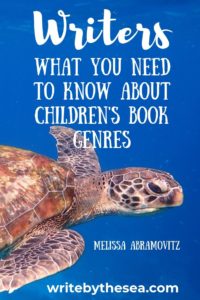

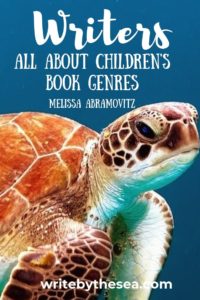

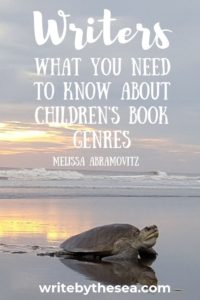


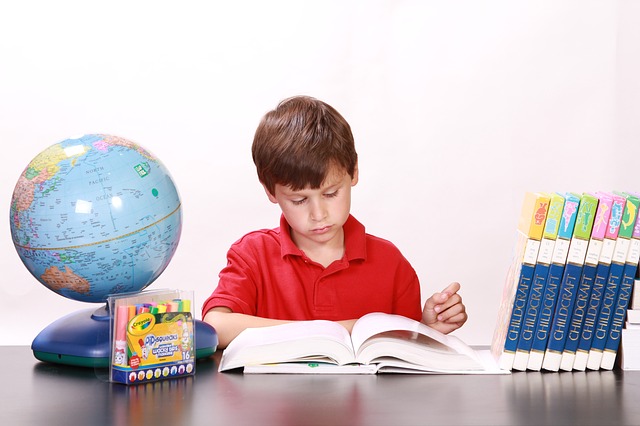
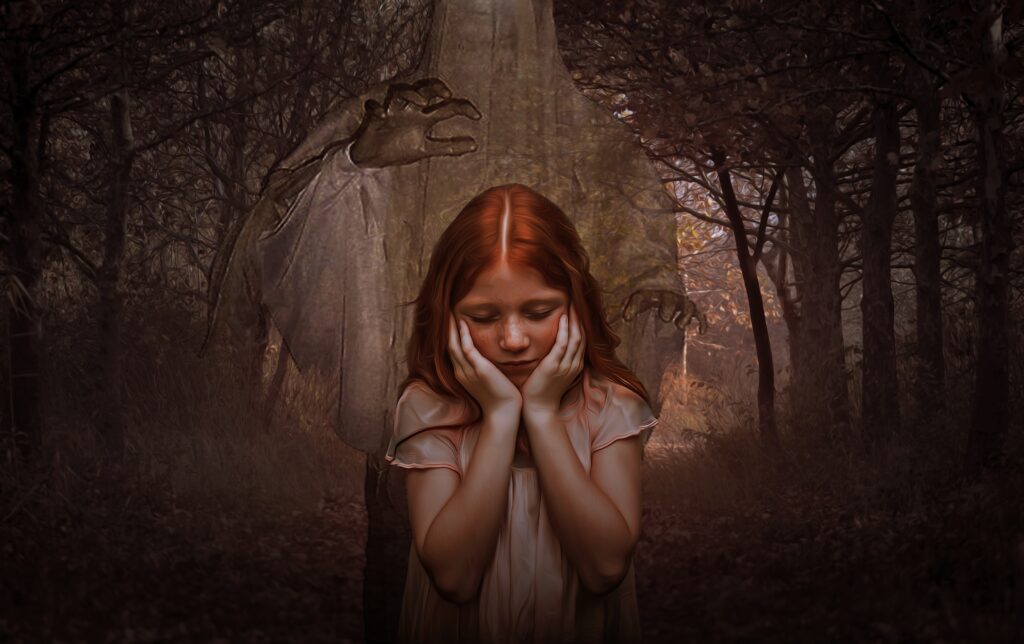
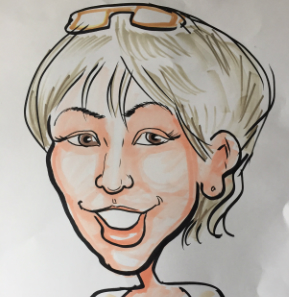
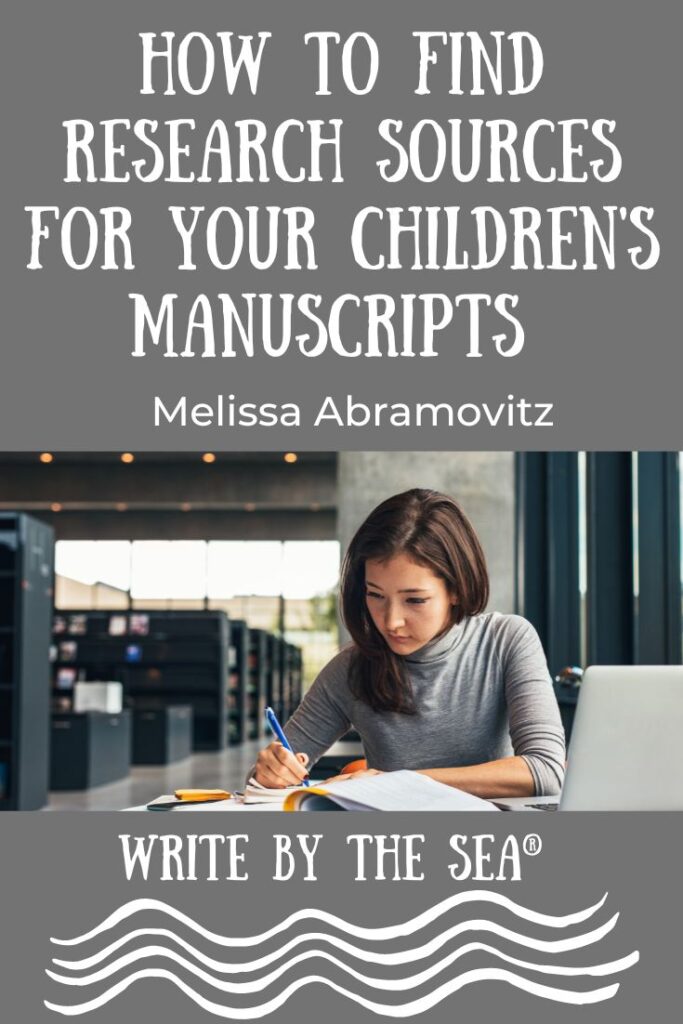
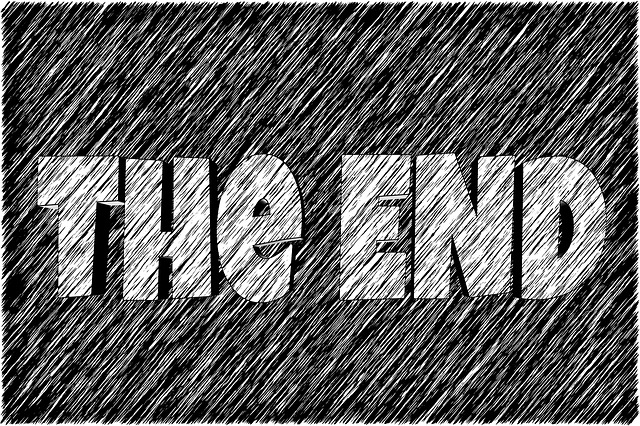
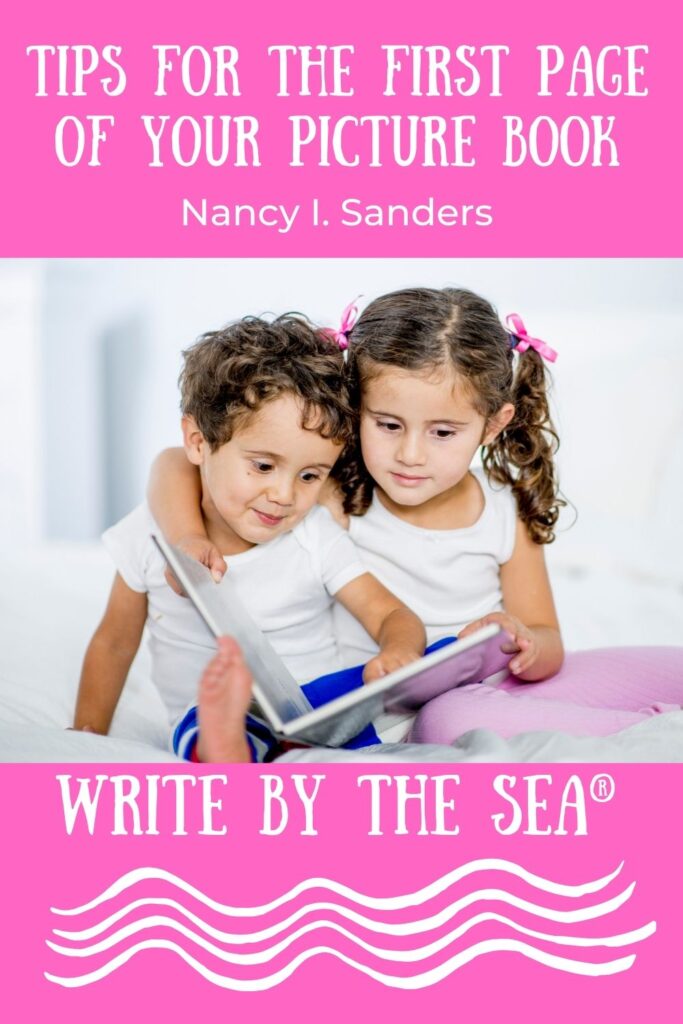
2 Comments
Comments are closed.